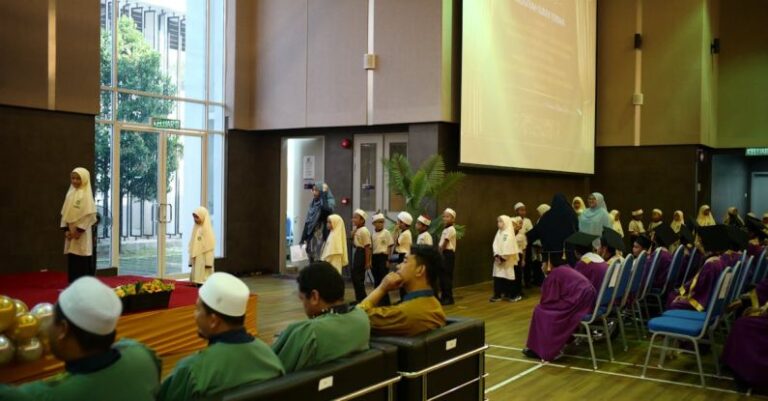
Teaching is a complex and dynamic process that requires a combination of different strategies to engage students effectively and promote learning. As educators strive to meet the diverse needs of their students, it is crucial to employ various teaching strategies that cater to different learning styles and preferences. In this article, we will explore some of the most effective teaching strategies that can enhance student learning outcomes and create a stimulating educational environment.
**Creating a Positive Learning Environment**
One of the key foundations of effective teaching is the creation of a positive and nurturing learning environment. When students feel comfortable, safe, and supported in the classroom, they are more likely to engage with the material and participate actively in the learning process. As an educator, it is essential to establish clear expectations, set achievable goals, and provide constructive feedback to motivate and empower students.
**Differentiated Instruction**
Every student is unique and has their own individual learning preferences and strengths. Differentiated instruction is a teaching approach that recognizes and accommodates these differences by tailoring instruction to meet the diverse needs of students. By incorporating a variety of instructional methods, materials, and assessment techniques, educators can ensure that all students have the opportunity to succeed and excel in their learning.
**Active Learning**
Active learning is a student-centered approach that emphasizes engagement, participation, and critical thinking. Instead of passively receiving information, students are actively involved in the learning process through discussions, group activities, hands-on projects, and real-world applications. This interactive approach not only enhances understanding and retention but also fosters collaboration, communication, and problem-solving skills.
**Use of Technology**
In today’s digital age, technology has become an integral part of education, offering a wide range of tools and resources to support teaching and learning. From interactive whiteboards and online platforms to educational apps and multimedia presentations, technology can enhance engagement, accessibility, and personalization in the classroom. By integrating technology effectively, educators can create dynamic and interactive learning experiences that cater to the needs and interests of their students.
**Formative Assessment**
Assessment is an essential component of the teaching and learning process, providing valuable feedback to both educators and students. Formative assessment, in particular, focuses on monitoring student progress, identifying areas of strength and weakness, and adjusting instruction accordingly. By using a variety of formative assessment techniques such as quizzes, discussions, and peer evaluations, educators can gauge student understanding, address misconceptions, and promote continuous improvement.
**Collaborative Learning**
Collaborative learning encourages students to work together in groups to achieve common goals, solve problems, and share knowledge and ideas. By fostering collaboration, communication, and teamwork, educators can promote social interaction, critical thinking, and peer learning among students. Collaborative learning also helps students develop important skills such as leadership, empathy, and conflict resolution, preparing them for success in the 21st-century workforce.
**Student-Centered Approach**
Finally, adopting a student-centered approach to teaching places the focus on the individual needs, interests, and aspirations of students. By recognizing and valuing student voice, choice, and autonomy, educators can empower students to take ownership of their learning and become active participants in the educational process. A student-centered approach promotes independence, self-regulation, and lifelong learning skills that are essential for academic success and personal growth.
In conclusion, effective teaching strategies are essential for creating a dynamic and engaging learning environment that promotes student success and achievement. By incorporating a combination of different strategies such as creating a positive learning environment, differentiated instruction, active learning, technology integration, formative assessment, collaborative learning, and a student-centered approach, educators can cater to the diverse needs and preferences of their students, inspire a love of learning, and cultivate critical thinking, creativity, and lifelong learning skills. By embracing these strategies, educators can empower students to reach their full potential and become lifelong learners who are well-equipped to navigate the challenges of the future.





